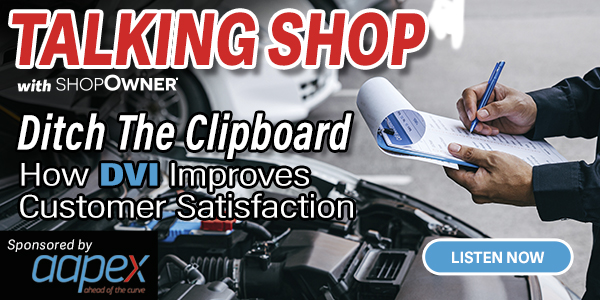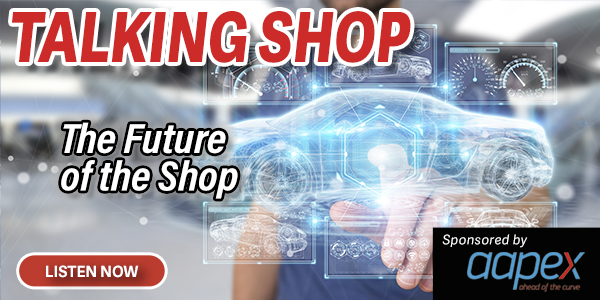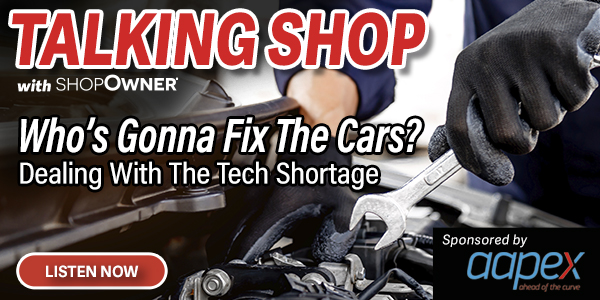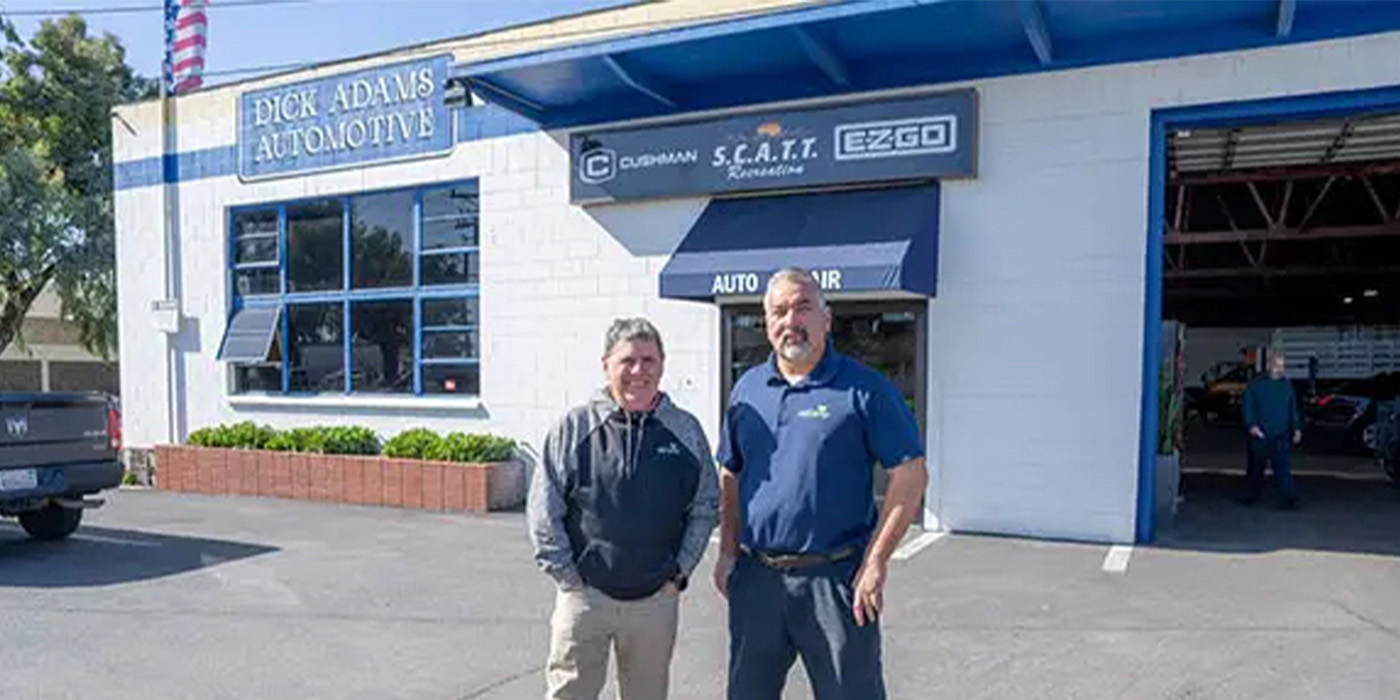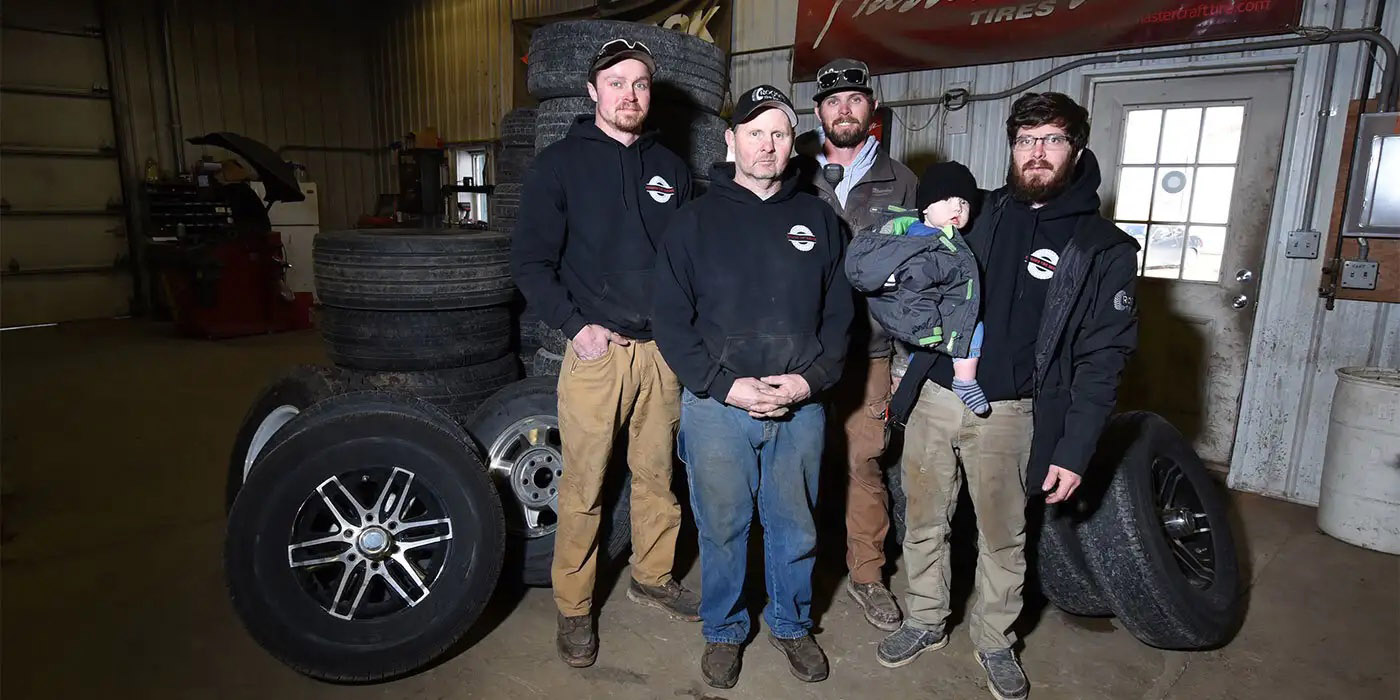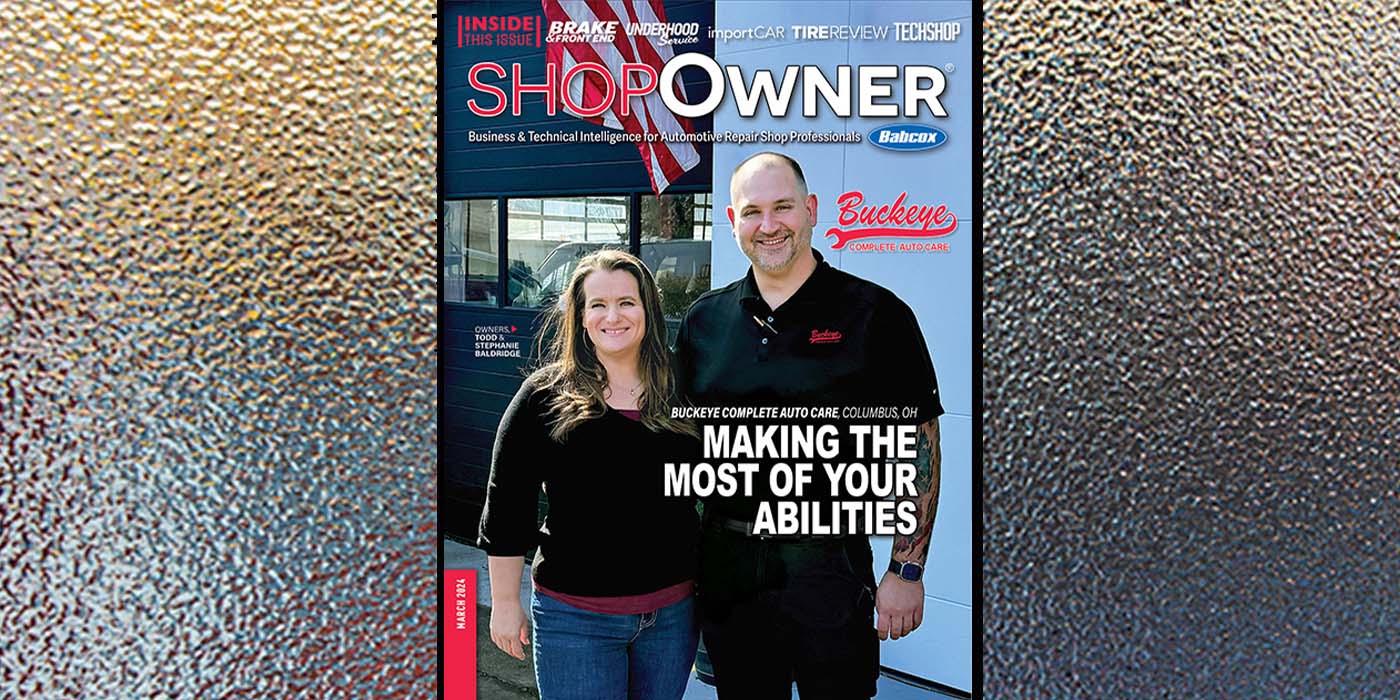Hopefully we all do vehicle inspections – and hopefully, most of those are digital inspections. And, with constantly evolving advances in technology, those inspections are producing amazing images. Those pictures are telling the story your customer needs to hear in ways that words alone can’t begin to explain.
Whether it’s between technicians, or the service advisor and customers, or technicians and the shop owner, communication is key to a successful day and a successful shop. But with increased communication hurdles is what you are saying really what’s being understood? According to Rod Stewart, “every picture tells a story, don’t it?”
A DVI is like a three step support mechanism for, one, connecting with customers and showing them the importance of the repairs you recommend with. Two, visual proof of why it should be done. And three, showing the quality of the pair once it’s done. Offering customers a log of pictures also helps them to see for themselves how the parts wear over time. This both educates your customer and also builds their trust in your shop. Likely they’ll be more open to the repairs you recommend following those photos. But just having the pictures isn’t the end of the story.
In this episode of Talking Shop with ShopOwner, editor Doug Kaufman has a conversation with Vic Tarasik from Shop Owner Coach and Greg Buckley, from Buckley’s Autocare in Wilmington, DE.
The trio discuss not only why a DVI is the best way to inspect every car, but what tools are required, how they should be conducted and what you can do with the information once you’ve captured it.
This episode of Talking Shop with Shop Owner is sponsored by AAPEX. AAPEX is the premier automotive industry networking and educational event. To get more information about the 2023 AAPEX show, to be held this year in Las Vegas, October 31 visit AAPEXshow.com.

